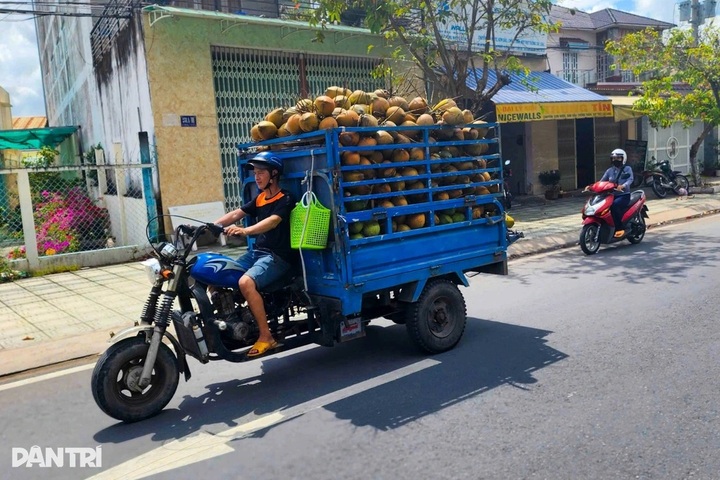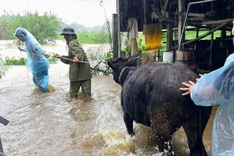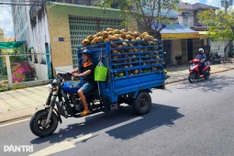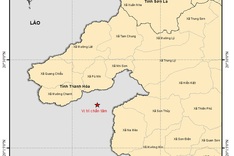
Coconut prices across the Mekong Delta region have plunged after a long period of stability (Photo by Bao Ky)
Coconut prices across the Mekong Delta have plunged after a long period of stability, causing mounting difficulties for farmers.
Over the past month, prices in several localities, particularly Vinh Long, have dropped sharply. Dried coconuts, previously sold at nearly VND 200,000 (USD 7.6) per dozen, are now fetching only VND 80,000 to 100,000, cutting farmers' incomes almost in half.
In Giong Trom commune, farmer Vo Thi My said the price of dried coconuts had fallen from more than VND 190,000 to VND 80,000 per dozen within two weeks, while fresh coconuts had dropped to VND 20,000 each. With about 1,500 nuts a month, her income has plunged.
“Traders who harvest in the orchard pay VND 80,000 per dozen; if we pick and deliver, it is VND 100,000. There is still profit, but much less as fertiliser and labour costs keep rising,” My said.
Truong Thi Be Hau, a coconut peeler at Thom river market in Mo Cay, said dried coconuts now sell for only VND 100,000 per dozen, about half the previous price. “We do not know why; we just see fewer traders coming,” she said.
Traders say the main reason is the peak harvest season, with supply rising two- to three-fold compared with previous months. Domestic consumption has also slowed, especially in northern provinces affected by recent extreme weather.
Vinh Long has nearly 120,000 hectares of coconut trees, with more than 22 million trees in total, making up more than half of Vietnam's coconut area. Tall varieties account for about 84 per cent of the area, while dwarf drinking types make up around 15 per cent.
Coconut yields in Vinh Long have risen from 10.98 tonnes per hectare in 2020 to an estimated 11.95 tonnes in 2025, about 10 per cent above the regional average.
The province is forecast to produce 1.3 million tonnes in 2025, roughly 1.1 billion coconuts, including 733 million industrial coconuts, 360 million drinking coconuts and 3.2 million wax coconuts.
An annual output growth rate of more than 4 per cent from 2020 to 2025 underlines the sector's strong potential but also heightens pressure on consumption if markets fail to expand.
In response to the price slump, the department is urging farmers to shift to organic production to access higher-value export markets, and plans to support processors to develop more value-added products in an effort to avoid recurring cycles of bumper harvests and falling prices.




















